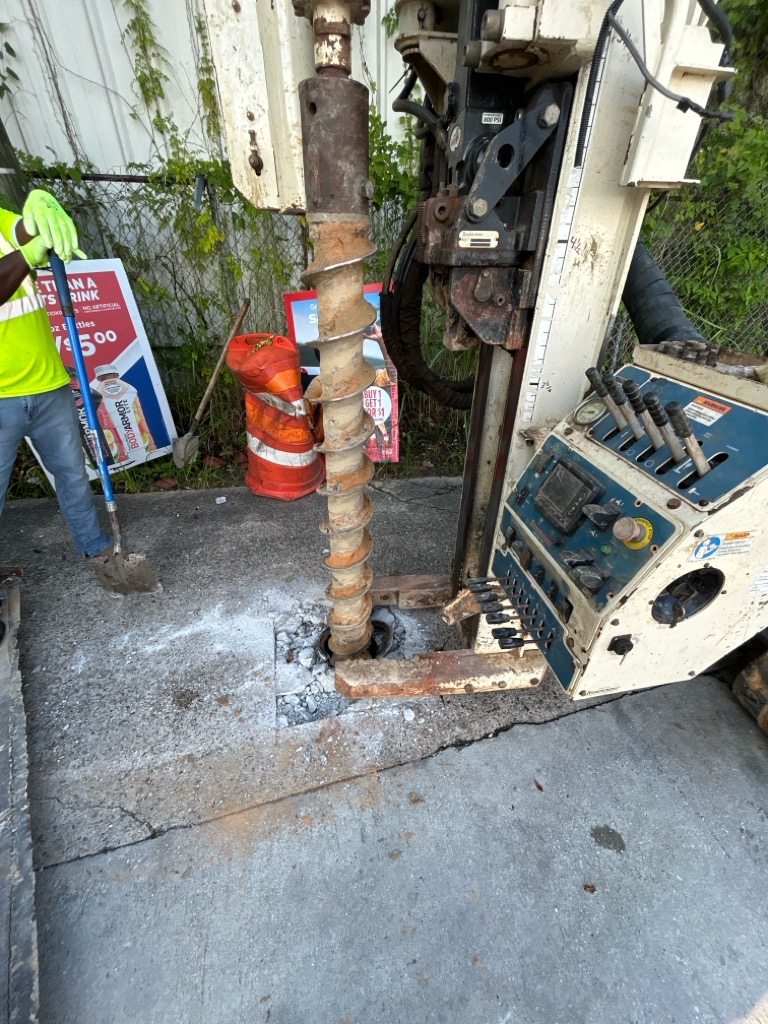What’s Really Beneath the Surface? A Deep Dive into Soil Composition in the Gulf Coast
When it comes to construction along the Gulf Coast, what’s under your feet is just as important as what’s above it. The soil composition across this region is anything but uniform. With everything from sandy coastal deposits to soft clays, high groundwater tables, and expansive silts, building on the Gulf Coast presents unique challenges that require precise geotechnical insight.
At Challenge Testing, we understand that accurate soil data is the foundation for safe, cost-effective design and construction. That’s why our team uses tools like Standard Penetration Testing (SPT), soil classification, and moisture content testing to evaluate conditions before a project begins.
Understanding Gulf Coast Soil Conditions
The Gulf Coast region—from Mobile and Baldwin County, Alabama, to coastal Mississippi, Louisiana, and beyond—features:
- High water tables, often just a few feet below the surface
- Soft, compressible clays that can lead to settlement issues
- Loose sands prone to shifting and instability
- Expansive soils that swell and shrink with moisture changes
Failing to account for these conditions can lead to costly delays, structural damage, and long-term maintenance headaches. That’s why proper testing is critical before anything is built.
How We Test What’s Underground
Standard Penetration Testing (SPT)
SPT is a widely used method to evaluate soil strength and density. Using a split-spoon sampler, we drive the sampler into the soil and count the number of hammer blows needed to penetrate each 6-inch interval. These blow counts provide valuable data about soil resistance, which is key in designing foundations that can handle site-specific conditions.
Soil Classification
Once samples are retrieved, we analyze them in the lab to determine grain size, texture, and plasticity. This classification helps predict how the soil will behave under load and over time.
Moisture Content Testing
Soil moisture plays a critical role in stability. High moisture content can weaken soil structure and lead to problems like heaving or settlement. Testing for moisture helps determine how the soil might react to seasonal or environmental changes.
Why It Matters for Construction
These tests aren’t just a technical checklist. They directly impact:
- Foundation design
- Drainage planning
- Excavation strategies
- Cost estimation and risk mitigation
By identifying potential challenges early, we help our clients avoid costly surprises, design with confidence, and build structures that last.
The Bottom Line
So, what’s really beneath the surface? The answer can mean the difference between a successful project and a structural setback. At Challenge Testing, we deliver the data that keeps Gulf Coast construction grounded—literally.
Need site-specific soil testing for your next project? Let’s talk.
